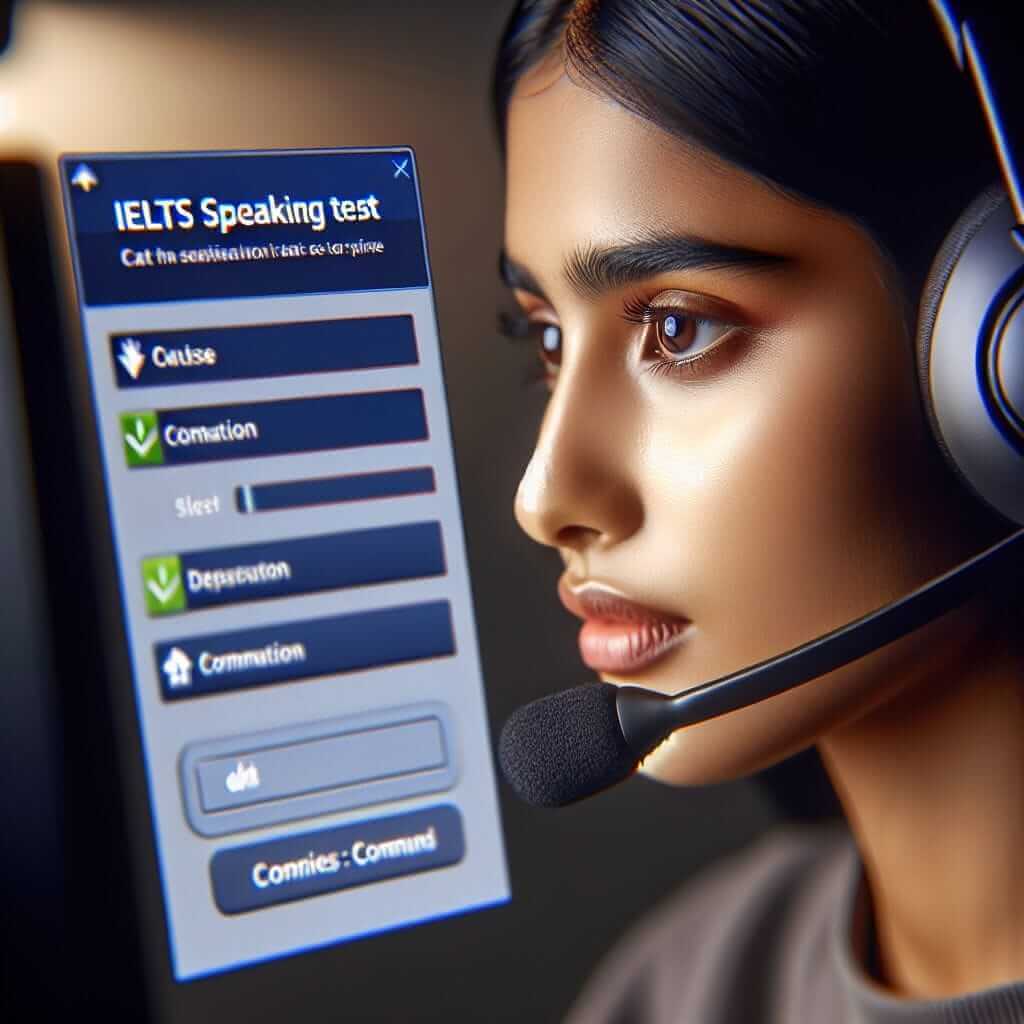For many aspiring IELTS test-takers, the shift to computer-based testing has brought a wave of new questions. One of the most common concerns is whether the digital format allows for previewing questions before starting the timer. As an IELTS instructor with over two decades of experience, I’m here to shed light on this and other practical aspects of the computer-delivered IELTS Speaking test.
Understanding the Computer-Based IELTS Speaking Test Format
The Speaking test in both the computer-delivered and paper-based IELTS formats remains unchanged in structure and content. It still comprises a one-on-one interview with a certified examiner, assessing your fluency, vocabulary, grammar, and pronunciation. The key difference lies in the delivery mode.

Addressing the Question: Can You See Questions Beforehand?
The short answer is no. In the computer-delivered IELTS Speaking test, you cannot preview the questions for any part of the exam. The questions are revealed one at a time on the computer screen as you progress through each part. This rule applies equally to Part 1 (Introduction and Interview), Part 2 (Individual Long Turn), and Part 3 (Two-Way Discussion).
Why No Previews?
The rationale behind this is to maintain the spontaneity and natural flow of the spoken language assessment. Seeing the questions in advance could lead to memorized responses, which would not accurately reflect your real-time communication skills. The examiners aim to evaluate your ability to think on your feet and articulate your thoughts coherently under typical conversational pressure.
Tips for Success in Computer-Delivered IELTS Speaking
While you won’t get a sneak peek at the questions, there are several strategies you can implement to excel:
- Practice Active Listening: Pay close attention to the examiner’s questions. Don’t let the digital format distract you from grasping the essence of what’s being asked.
- Utilize Note-Taking: During Part 2, you’ll have one minute to prepare for your long turn. The computer provides a digital notepad and pen tool. Use this to jot down key ideas and vocabulary related to the cue card topic.
- Familiarize Yourself with the Interface: Before your test day, explore the official IELTS website’s free practice materials. These resources simulate the computer-delivered test environment, allowing you to acclimate to the interface and navigation tools.
- Maintain Natural Speech: Avoid the temptation to speak robotically or rush through your answers just because you’re interacting with a screen. Focus on delivering your responses in a clear, natural, and engaging manner.
Conclusion
While the absence of question previews might seem daunting initially, remember that the core principles of effective communication remain paramount. By focusing on honing your language skills, practicing regularly, and familiarizing yourself with the digital format, you’ll be well-equipped to succeed in the computer-delivered IELTS Speaking test. Good luck!